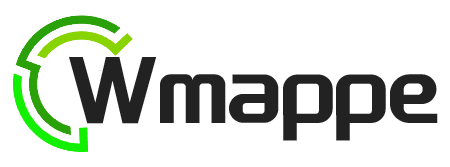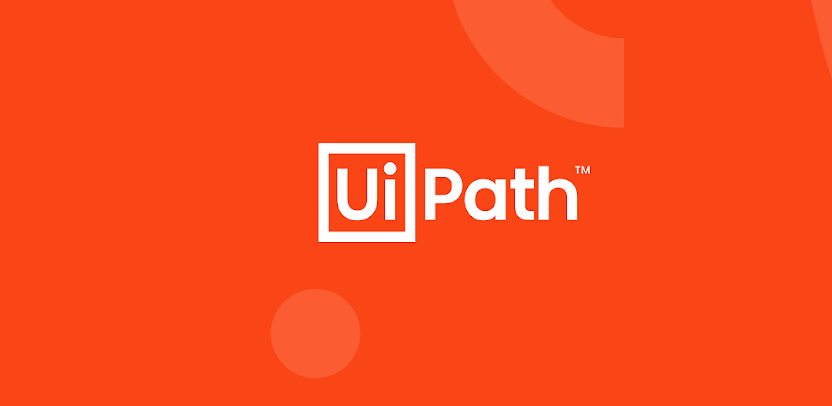UiPath is one of the leading software platforms for Robotic Process Automation (RPA), which enables businesses to automate repetitive tasks by using software robots, or “bots.” These bots are programmed to mimic human actions, such as clicking, typing, copying, and pasting, to streamline workflows and free up employees for higher-value tasks. Founded in 2005, UiPath has grown into a global leader in automation, offering tools that can help companies across industries automate both simple and complex business processes.
RPA, the core technology behind UiPath, allows businesses to increase efficiency, reduce human errors, and scale operations without requiring a large increase in headcount. By using UiPath, organizations can automate tasks in areas like data entry, invoice processing, customer service, and even IT management.
Features of UiPath
UiPath comes with a wide array of features that cater to different business automation needs. Some of the key features include:
Drag-and-Drop Interface
UiPath is user-friendly, featuring a drag-and-drop interface that makes it accessible even to users without programming knowledge. Business analysts and non-technical teams can easily design workflows using pre-built activities, which makes UiPath highly adaptable for organizations of any size.Scalability
Whether a company wants to automate a few tasks or scale automation across multiple departments, UiPath supports businesses of all sizes. Its enterprise-grade capabilities allow for both attended and unattended bots, which can operate in the background or with human intervention.Attended and Unattended Automation
UiPath offers both attended and unattended robots. Attended robots work alongside employees, assisting them in real-time to complete tasks faster, while unattended robots can run autonomously to handle back-office tasks, reducing the need for human intervention.Orchestrator
UiPath Orchestrator is a centralized platform that allows businesses to manage, schedule, and monitor all their robots in one place. With Orchestrator, you can deploy automation, track progress, and gain insights into bot performance through real-time dashboards and analytics.AI and Machine Learning Integration
UiPath integrates with artificial intelligence (AI) and machine learning (ML) models to handle more complex processes that require decision-making, such as document understanding and natural language processing (NLP). This allows businesses to automate tasks that traditionally required human judgment.Security and Compliance
UiPath is built with enterprise-grade security, ensuring that all automated processes comply with industry standards and regulations. Features such as role-based access control, data encryption, and audit trails help maintain security and compliance in sensitive environments.Third-Party Integrations
UiPath integrates with many popular business applications such as SAP, Salesforce, Oracle, and Microsoft Office, making it easy to fit into existing workflows. The platform also offers APIs and custom integrations to ensure seamless communication between UiPath bots and other software systems.
Functions of UiPath
UiPath is designed to automate a variety of business processes, across different sectors:
Data Entry and Extraction
UiPath can automate data entry by reading data from multiple sources (emails, forms, databases) and entering it into systems like ERPs or CRMs, reducing the manual labor and time involved in such tasks.Invoice Processing
By using AI capabilities, UiPath bots can extract key information from invoices (such as vendor details, amounts, and due dates) and input it into accounting systems. This eliminates human errors and speeds up the entire process.Customer Service Automation
With UiPath, businesses can create bots to automate responses to customer inquiries, reducing response times and freeing up customer service teams to handle more complex issues. Integration with chatbot platforms also allows for even more streamlined customer interactions.IT Operations
UiPath can be used to automate routine IT tasks like user management, system monitoring, and software installation. This enables IT departments to focus on more strategic initiatives.Compliance and Reporting
UiPath helps organizations remain compliant by automating report generation, audit preparation, and data logging tasks, ensuring accuracy and timeliness in regulatory processes.
Pros of UiPath
User-Friendly Interface
UiPath’s drag-and-drop design allows users with minimal technical experience to create workflows quickly and effectively. This accessibility makes it a great tool for both small businesses and large enterprises.Fast ROI
Many businesses experience a rapid return on investment (ROI) with UiPath because it dramatically reduces the time spent on repetitive tasks, improves efficiency, and minimizes errors. Automation leads to faster operations and cost savings.Strong Community and Support
UiPath has a large community of users and developers, offering forums, tutorials, and resources to help businesses solve issues quickly. Additionally, UiPath provides excellent customer support for troubleshooting and implementation.Customizable and Scalable
With UiPath, businesses can start small and scale their automation efforts as needed. Its customizable platform supports different levels of automation complexity, from basic data entry to advanced AI-driven processes.
Cons of UiPath
Complexity for Large-Scale Automation
While UiPath is scalable, managing large-scale automation can become complex, requiring advanced technical skills to maintain and optimize workflows. Businesses might need to invest in training or hire experienced RPA professionals to manage larger implementations.High Initial Costs for Enterprise Solutions
While UiPath offers significant long-term savings, the initial setup and licensing costs can be high for enterprises. Small businesses might find it difficult to justify the cost if they are only automating a few processes.Maintenance
Bots require ongoing maintenance to ensure they continue to function correctly as systems and processes evolve. This can involve time and resources, particularly if processes are frequently updated or changed.
Conclusion
UiPath is a powerful tool for businesses looking to automate repetitive tasks and improve operational efficiency. With its user-friendly interface, robust features, and scalability, UiPath can help companies streamline workflows, reduce errors, and increase productivity. While it comes with some challenges, such as the complexity of large-scale automation and initial costs, the benefits far outweigh the drawbacks for businesses seeking long-term efficiency gains. With its extensive community support and constant innovations, UiPath is well-positioned to remain a leader in RPA for years to come.




 0
0 



